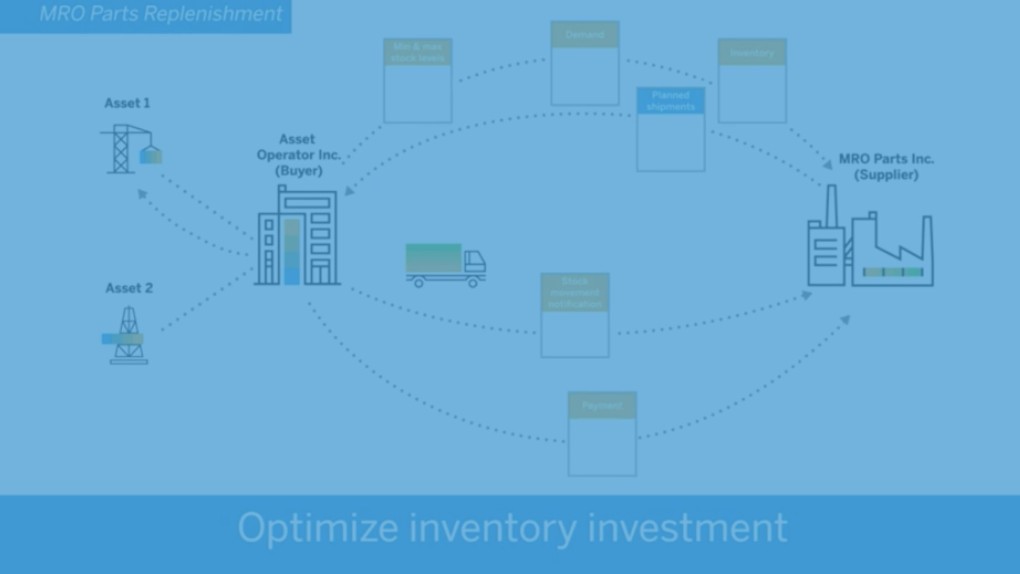The COVID-19 lockdowns forced many businesses to shut down. Business models honed to perfection over time went for a toss overnight. But resilient businesses innovated to overcome the crisis. They accelerated digital adoption and devised novel ways of work, to serve customers better and increase profits. This technology blog lists some IT innovation success stories.
1. Aspen’s Contactless Patient Engagement
Many healthcare providers set up telemedicine portals to connect patients with doctors. But patients did not patronise such channels with the same enthusiasm.
In the USA, Aspen Dental Management overcame the crisis by:
- Deploying call centre representatives as intermediaries between patients and doctors. Most patients stayed away from the self-service portal due to confusion and unfamiliarity. The call centre agents would gather customer details, and decide if the patent required treatment in the office.
- Improving the UX of the telemedicine portal. Aspen identified how the customer preferred to engage and adjusted the process likewise. Many companies make the mistake of deciding what is best for the customer, often with disastrous results.
- Easing the onboarding process at the office with a tech-enabled system. In the old way, patients had to wait long. They filled up forms, and care representatives had to input the data manually. The new digitised set-up makes the engagement contactless and reduces the wait time to under 15 minutes. The care agent scans the patient’s ID and insurance credentials. The patient signs their consent form electronically. The details auto-populate to the patent information system.
2. Friendly’s Digital Solutions
Friendly’s, the US-based restaurant chain, shuttered 160 locations in March 2020. The company invested in contactless technologies to gain customer confidence.
- Patent protection on the identified QR technology made offering digital menus unviable. The company innovated to have the menu available through a short URL. The company is also toying to display menus on digital placemats.
- Mobile ordering solutions allow customers to place orders from their smartphones. The spin-off benefit is customers ordering beforehand and eliminating wait-time at the restaurant.
- Contactless electronic payment options offered choices to the customers.
The underlying reason for success was the attention paid to the culture. The top management motivated employees to leverage technological advancements to gain business value.
3. Jaguar Land Rover’s Overhauling Sales Forecast
The COVID-19 lockdowns disrupted supply chains across the world. Jaguar Land Rover’s (JLR)’s supply chain, a global network of several hundred suppliers who shipped thousands of parts, was not immune. The company ran synchronised supply chain operations. The company committed to buying volumes and imposed penalties on suppliers not meeting targets. They set the volumes based on sales forecasts made years in advance.
When lockdowns set in, the company abandoned the production plans based on sales forecasts. It earmarked on a strategy to become more flexible and act on real-time insights.
- The analytics team generated real-time insights, to plot changes to sales forecasts.
- Graph analysis software estimated possible supplier defaults. The company re-sequenced manufacturing orders factoring in such possible supplier failure.
- New software reduced queries across the supply chain model from weeks to just 30 to 45 minutes.
Success depended in a large part to the inclusive nature of the effort, taking all employees together.
4. Ping An’s Bank Internal Reorganisation

China’s Ping An Bank faced the challenges of COVID-19 by innovating on its internal structure. The bank forsook its traditional hierarchical pyramid and adopted a “dumbbell-shaped” structure. The bank increased the number of senior executives and customer-facing agents and reduced the number of middle managers.
- Senior leaders, empowered with the latest digital tools, managed front line teams directly.
- Front line teams became empowered to make real-time execution decisions based on local laws and conditions.
The primary mode of working changed from “managing with experience” to “managing with data.”
5. JD.com and Alcohol Brands Take Clubbing Home
The shutdown of nightclubs and bars plummeted the business of alcohol brands such as Budweiser, Rémy Martin, Carlsberg & Pernod Ricard.
In China, these alcohol brands took the challenge head-on. They collaborated with e-commerce giant JD.com and the Taihe music group to take clubbing online. The partnership offered an online clubbing experience. JD Live hosts a three-hour live show featuring Taihe’s DJs and musicians.
- Live-streaming of performances took the party to people’s living rooms.
- The customers could purchase liquor from the stream and have it delivered to their homes.
6. Heineken Vietnam
Heineken Vietnam did not allow the pandemic to disrupt continuous innovation. The company launched new products and it was business as normal even in the height of the pandemic season.
- New products, such as Heineken 0.0, non-alcoholic lager, Bia Viet, and a new sleek can for Tiger Crystal kept the product line fresh.
- A new brand messaging “Still fun at home” replaced the pre-COVID tagline “Inspire.” The new message resonated well with locked-down consumers.
- Partnerships with local food delivery providers such as GoViet and Grab, and attractive “food combo” pairing promotions mitigated the 40% drop of sales in restaurants, bars, and cafes.
- Drinkies, an in-house, direct-to-consumer beer delivery service promoted at-home consumption.
7. Tweaks to Business Models for IT Innovation
Several other businesses across the globe innovated rapidly. They tweaked their business models or made internal changes, to confirm with the new realities.
- Lin Qingxuan, the well-known cosmetics company in Asia, found about 40% of its brick and mortar stores shut during the pandemic. The company redeployed in-person sales representatives as online influencers.
- Hema, the grocery store unit of e-commerce major Alibaba, innovated in hiring. With online orders spiking, the company roped in employees from shut restaurants in the neighbourhood. The company could scale-up its workforce. Out-of-work employees received wages.
- Matahari, the Indonesian retailer replicated the in-store experience for online customers. “Live buying” initiatives such as promotional vouchers and online games help the company increase its sales volume by 17%.
- Cheeky Food Events offered corporate team-building activities oriented around cooking evaporate. The new distributed work environment ended its business model overnight. The company innovated to offer delivery-based catering. The company delivers all the ingredients required for a two-course gourmet meal and dessert to spread-out team members. Live webstream handholds team members to cook the meal. The new model allows enterprises to carry out team bonding and building activities in a distributed work environment.
- Frame, the London fitness studio chain, forced to close its doors, got creative with online content. Frame Online, an online fitness hub, offered virtual classes to people stuck at home. Brief clips of workout classes, funny gym videos, and other relatable workout-related content received huge uptake in social media channels. Instagram posts promoted a realistic image of working out at home, instead of “quarantine productivity shaming.”
The sudden and total nature of the COVID-19 disruption forces businesses to transform digitally and create digital solutions in rapid-fire mode. Successful businesses convert the crisis into an opportunity. The common thread running through their IT innovation success stories is the ability to leverage digital technologies, redefine collaboration and teamwork, and identifying emerging needs of the customer.












